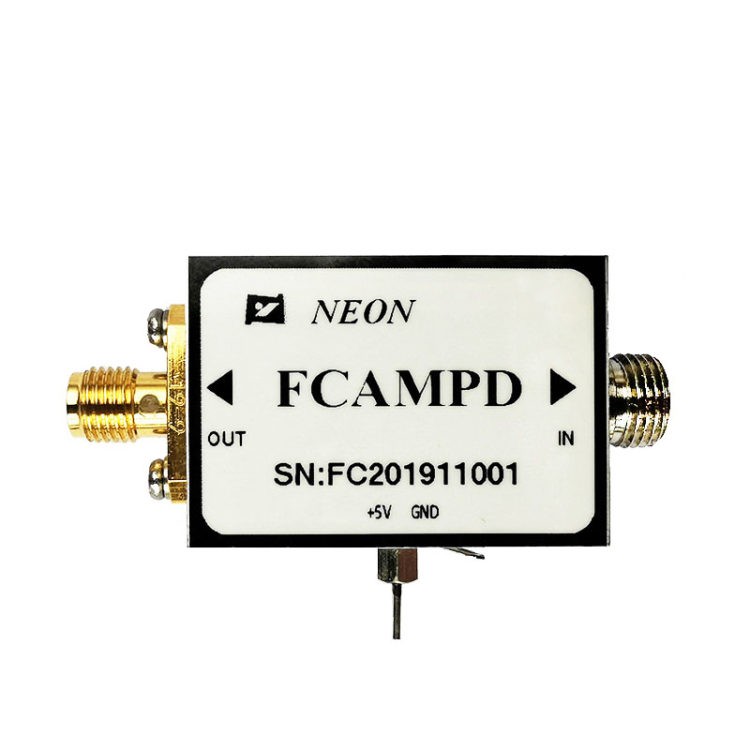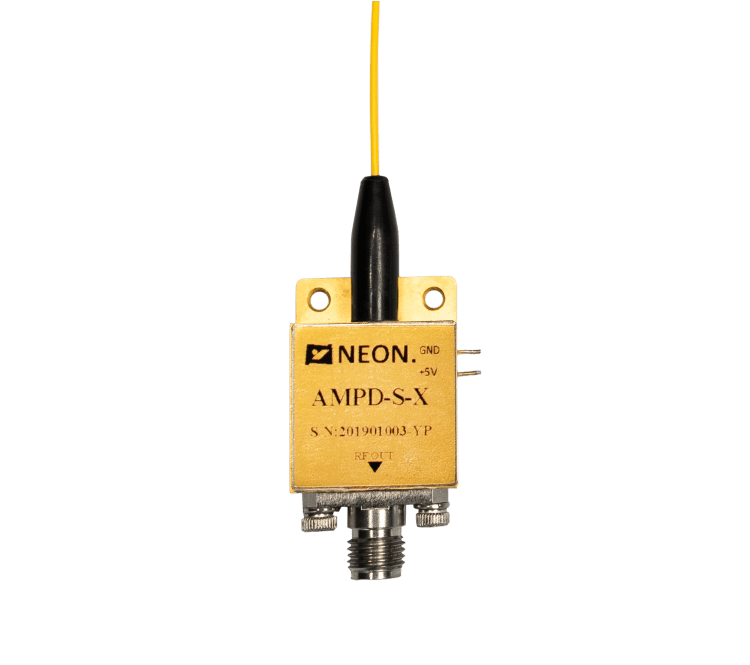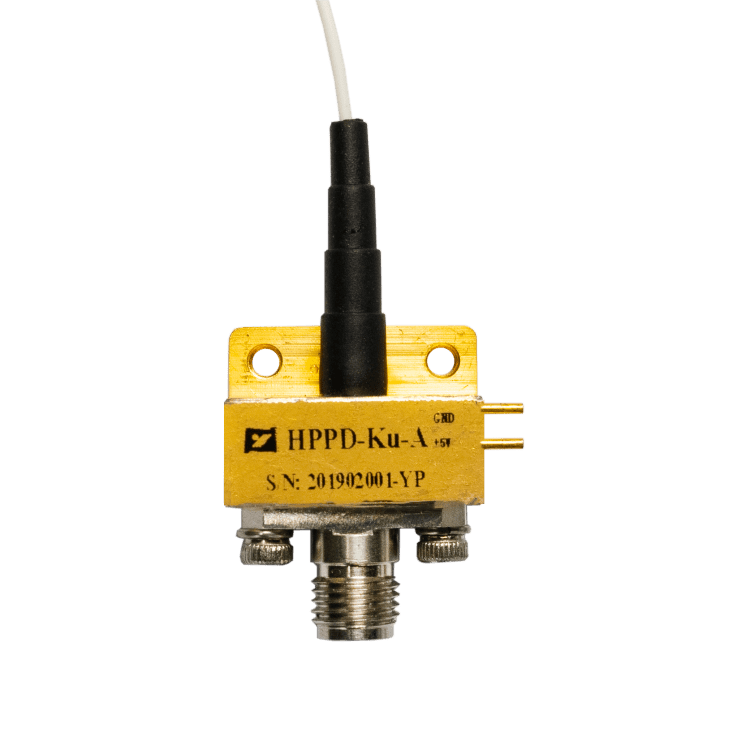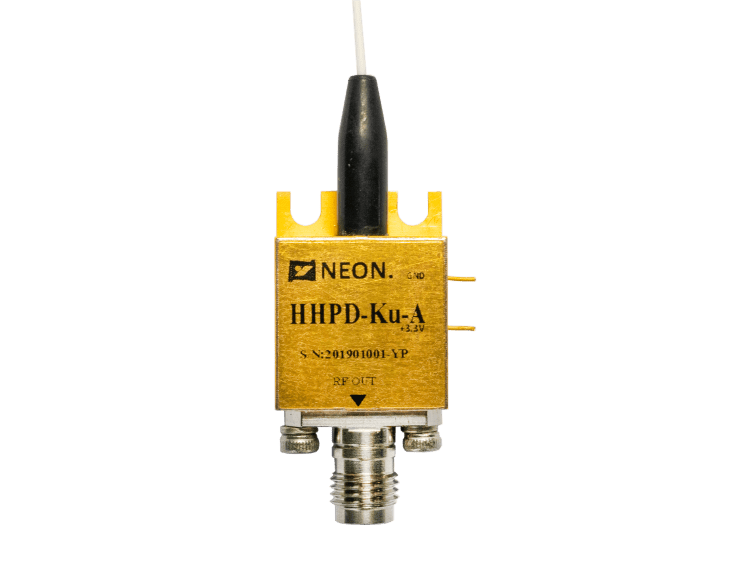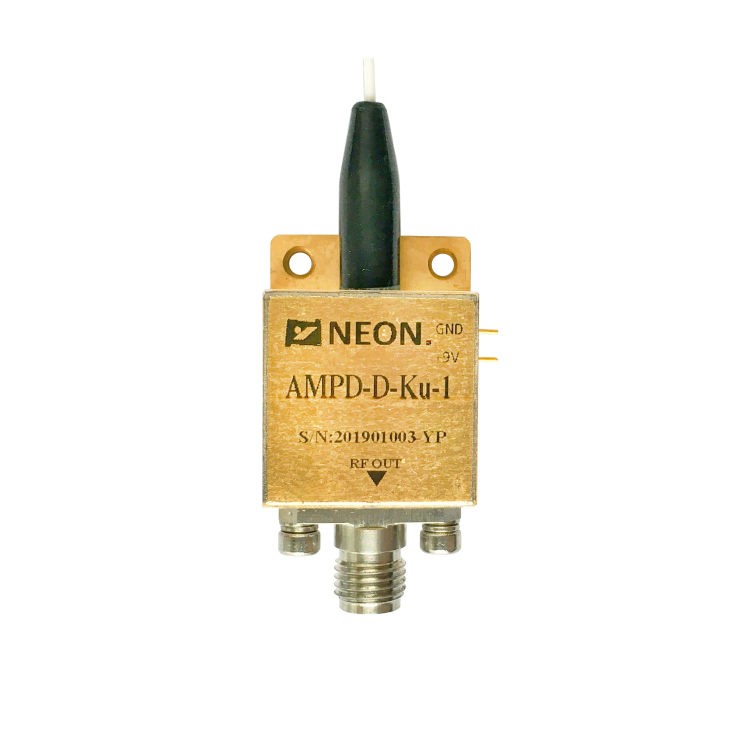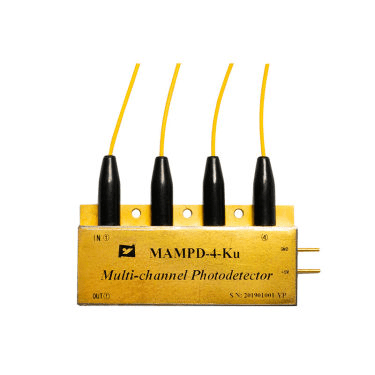Photodiodes and Their Role in Light Detection
Photodiodes are essential semiconductor devices widely used in various industries and technologies for light detection. These devices play a crucial role in converting light energy into electrical current, enabling applications such as optical communications, light sensors, and imaging devices. In this article, we will explore the different types of photodiodes, including PN photodiodes and PIN photodiodes, and discuss their connection to photodiode detectors.
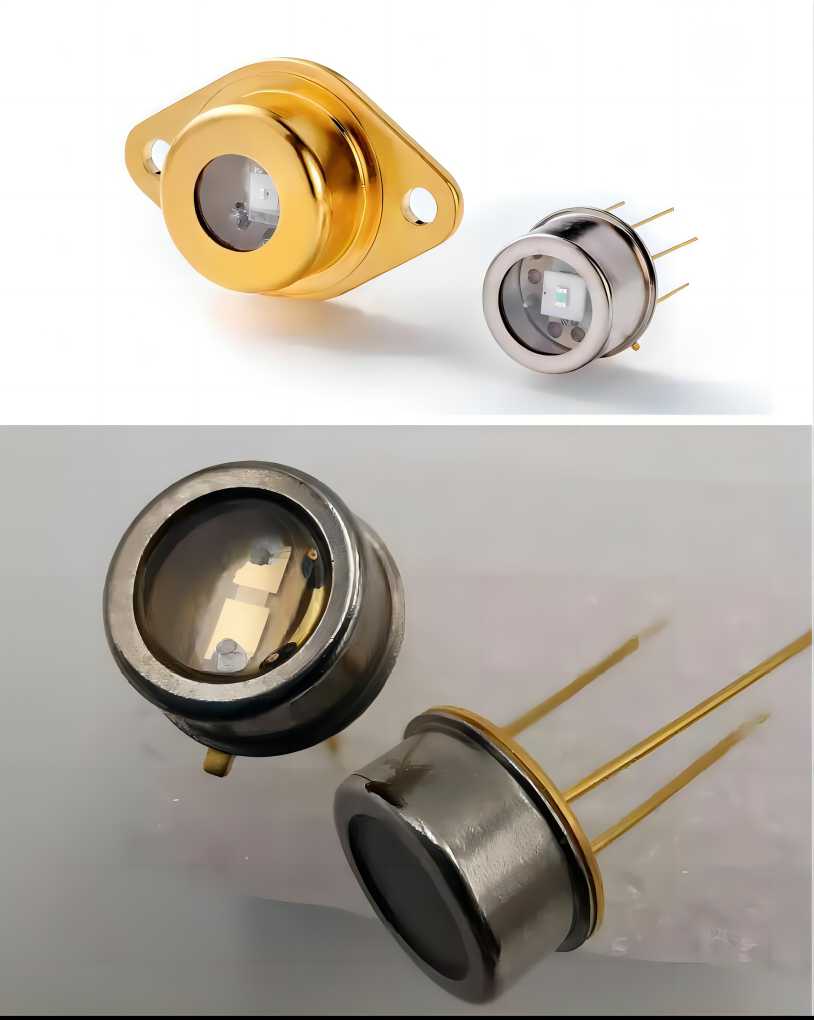
What Is A PN Photodiode?
A PN photodiode is a fundamental type of photodiode. It consists of a P-N junction, where the P-region is doped with a positively charged material, and the N-region is doped with a negatively charged material. The photodiode operates in reverse bias, meaning that the P-region is connected to the negative terminal of the power supply, and the N-region is connected to the positive terminal.
When photons strike the PN photodiode, they generate electron-hole pairs within the depletion region of the junction. The depletion region is the region near the junction where no majority carriers (electrons in the N-region and holes in the P-region) exist. These electron-hole pairs result in the flow of a current through the photodiode, which can be measured or utilized in various applications.
What Is A PIN Photodiode?
A PIN photodiode is a variation of the PN photodiode that incorporates an additional intrinsic (I) layer between the P and N regions. The intrinsic layer, often undoped or lightly doped, widens the depletion region of the photodiode. This wider depletion region offers several advantages, such as reduced capacitance and improved response speed and sensitivity.
By increasing the width of the depletion region, the PIN photodiode effectively captures a larger portion of incident light, enhancing its light-gathering capability. This makes PIN photodiodes suitable for applications requiring high-speed and low-noise performance, such as optical communication systems and optical fiber sensing.
What Is A Photodiode Detector?
A photodiode detector refers to a device or circuit that incorporates a photodiode as the primary light-sensing element. In addition to the photodiode, a photodiode detector may include components such as amplifiers, filters, and signal processing circuits. These additional elements enable the conversion of the photodiode’s current into a measurable signal or facilitate specific functionalities based on the application requirements.
The photodiode detector takes advantage of the photodiode’s ability to convert light energy into electrical current. The incident light generates electron-hole pairs within the photodiode, resulting in a photocurrent. The detector’s circuitry processes this current to extract relevant information or trigger specific actions.
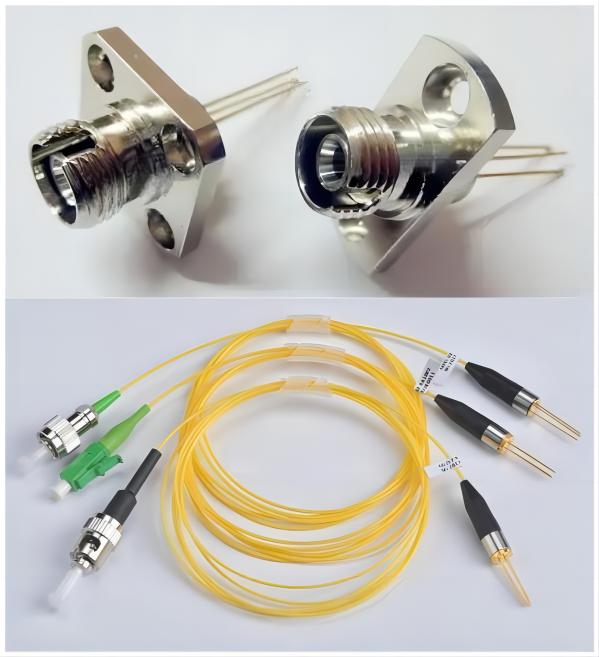
Photodiode detectors find applications in various fields. In optical communication systems, they are used to receive and decode optical signals, enabling high-speed data transmission over long distances. In optical fiber sensing, photodiode detectors provide accurate measurements of light intensity changes in fiber-optic networks, enabling applications such as temperature sensing and strain monitoring. Photovoltaic power generation systems also utilize photodiode detectors to convert sunlight into electrical energy.
Connections Among PN Photodiode, PIN Photodiode and Photodiode Detector
Photodiodes and photodiode detectors play a crucial role in light detection across a wide range of applications. The PN and PIN photodiodes, as types of photodiodes, form the core sensing elements in photodiode detectors. The PN photodiode operates in reverse bias, converting incident light into a photocurrent. The PIN photodiode, with its widened depletion region, offers enhanced performance in terms of speed, sensitivity, and noise reduction.
Photodiode detectors integrate photodiodes with additional components to process and utilize the photocurrent effectively. These detectors find applications in optical communications, fiber sensing, and photovoltaic power generation systems.
As technology advances and demands for faster and more accurate light detection grow, the development of new photodiode designs and photodiode detector technologies continues to progress. Researchers and engineers are constantly striving to improve the efficiency, sensitivity, and speed of photodiodes to meet the evolving needs of various industries.
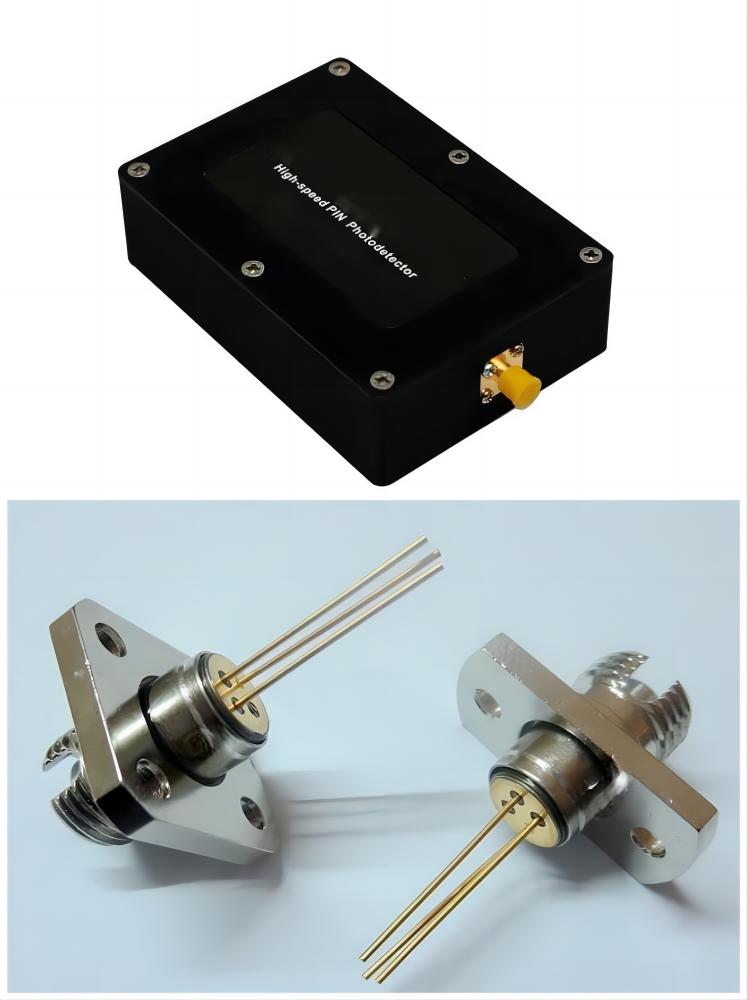
Summary
In summary, the connection among PN photodiodes, PIN photodiodes, and photodiode detectors lies in their shared objective of light detection. PN and PIN photodiodes serve as the primary light-sensing elements within photodiode detectors. While PN photodiodes are the basic form, PIN photodiodes offer enhanced performance due to the inclusion of an intrinsic layer. Photodiode detectors, incorporating these photodiodes, employ additional components to process the generated photocurrent for a range of applications.
The widespread adoption of photodiodes and photodiode detectors has revolutionized numerous industries, including telecommunications, sensing technology, and renewable energy. These devices have paved the way for advancements in high-speed data transmission, precise optical sensing, and efficient utilization of solar energy.
As we look to the future, it is likely that further innovations and improvements will be made in photodiode technology, enabling even more sophisticated light detection capabilities. This ongoing progress will continue to drive advancements in fields such as optical communication networks, medical imaging, and autonomous systems.
Ultimately, the interconnectedness of PN photodiodes, PIN photodiodes, and photodiode detectors underscores their vital role in harnessing the power of light and converting it into valuable electrical signals. The continued evolution and utilization of these devices will undoubtedly contribute to advancements in numerous industries, shaping a brighter and more technologically advanced future.


